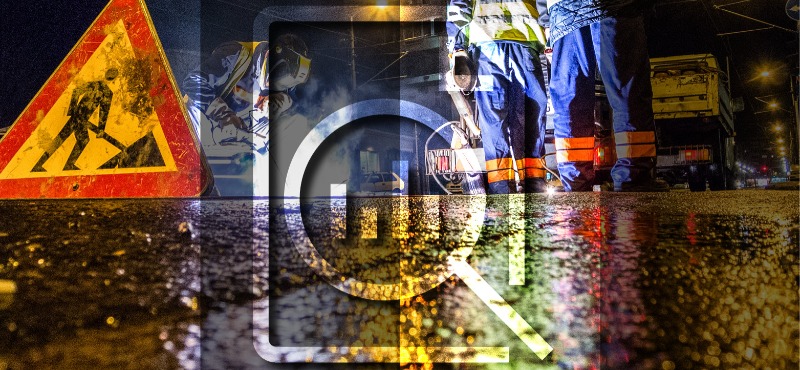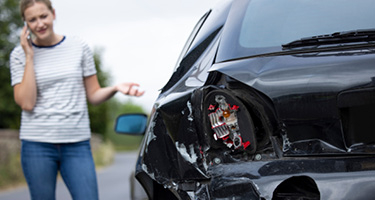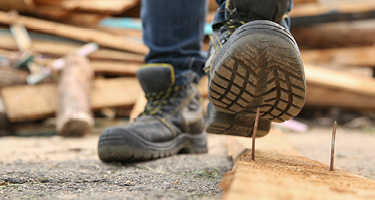Across the country, infrastructure is failing. Many roads, bridges, and tunnels are dangerously in need of repair and putting drivers at risk every day. California has arguably some of the worst roads in the country. Nearly 30 percent of the state’s roads are considered to be in “poor condition,” yet only 3.2 percent of spending is allocated to highways. Hazardous road conditions, left unfixed by the government, can increase the likelihood of serious injury-causing car accidents. Victims of these accidents may be entitled to recover damages from a negligent government agency.
The government is generally shielded from liability in civil lawsuits. However, this immunity does not protect the government if an injury or death occurs as a result of that government’s own negligence. The California Tort Claims Act gives injured victims the right to recover damages from the government if it can be proven that their injury was the result of dangerous road conditions that were ignored or not fixed promptly by the government.
Dangerous road conditions involve a lot more than just potholes. Courts in California have broadly defined dangerous road condition to mean any poor design, inadequate maintenance, or failure to fix a hazardous condition. So, for example, dangerous road conditions can include defectively designed roads, missing light posts, and damaged traffic signals, or significant breaks in the infrastructure itself.
The government isn’t necessarily responsible for any accident that is the result of any dangerous road condition. Rather, the government can be liable for injuries caused by a dangerous road condition when it knew (or should have known) about the condition but failed to take reasonable steps to fix it. If a certain stretch of road in Los Angeles County is well-known for having dangerous conditions and causing accidents, and the government responsible for the maintenance of that road stood by and did nothing, the agency could be held financially responsible. Once the government learns about a dangerous road condition it has a reasonable period of time (enough to figure out a solution and prevent other injuries) to take action.
Filing a personal injury claim against the government can be complex. In fact, the process of seeking damages from the government is quite different from the process of seeking compensation from other at-fault parties. Victims who believe that the government is responsible for their injury must file a special administrative claim with the government within six months of their accident. This claim is submitted to the government agency itself for internal review. The agency has 45 days to respond to the claim. Only when the claim is denied by the government can the victim assume the more traditional personal injury claims process and file a civil claim in court.
Since the timeline for initiating legal action is accelerated in government cases, it can be difficult for victims to get the compensation they deserve. For this reason, it is essential for victims to connect with legal representation as early on in the process as possible. Personal injury lawsuits not only allow victims to recover much-needed money but also help to ensure that the government is held responsible if it fails to maintain our roadways. Since fixing roads and bridges doesn’t seem to be a priority, personal injury lawsuits may be the best tool available for victims.
------------------
Joshua Glotzer is an attorney and the founder of Joshua W. Glotzer, APC. Glotzer is a lifelong resident of Los Angeles and has over 20 years experience helping people who have been injured due to someone else’s negligence.
































